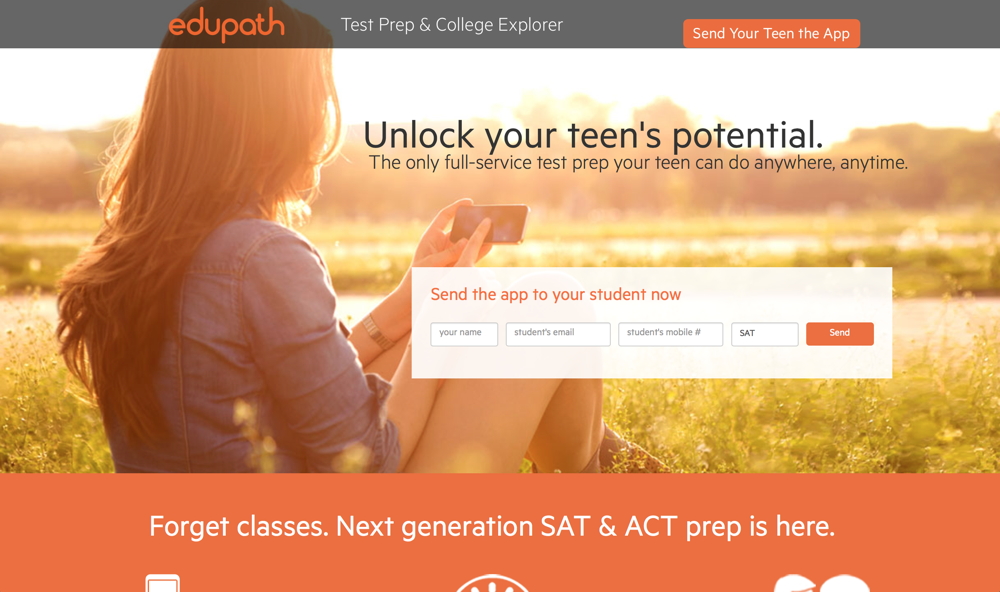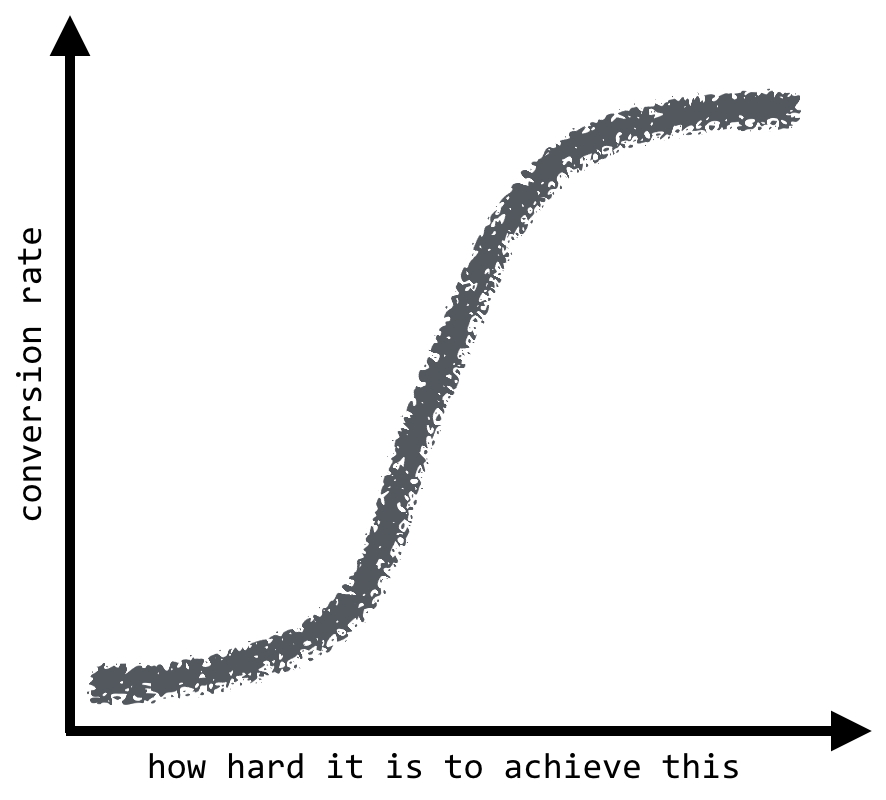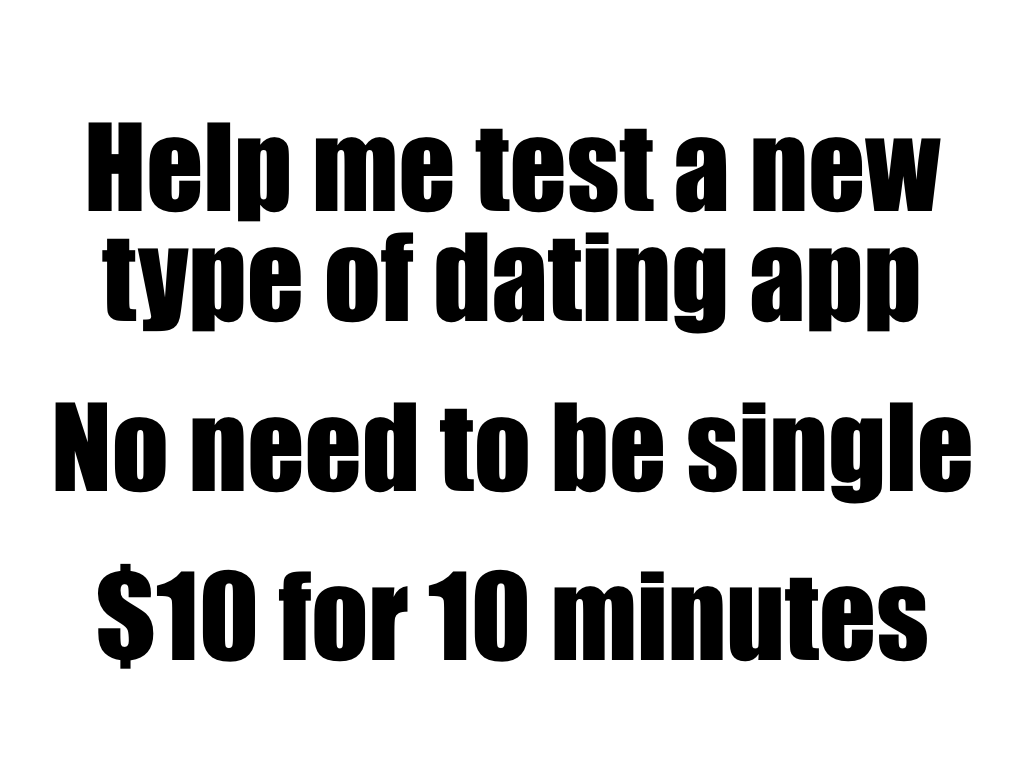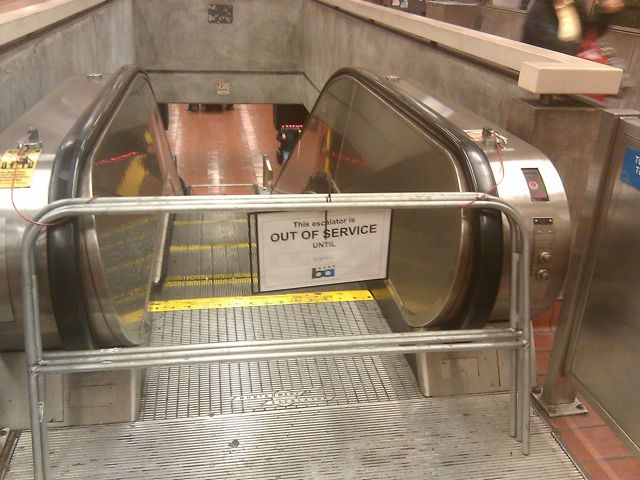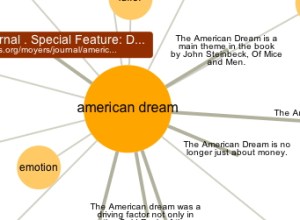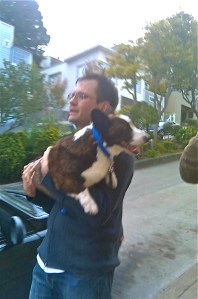I’ve lived in the Mission—a district in San Francisco—for a little over a year. Its weirdness strikes me as simultaneously charming and affected. I don’t feel like I truly belong here: I am an observer, not a member.
A Cliff’s Notes Guide to the Mission
Contrary to these reports, the Mission is an absolutely terrible place to find a “meth head prostitute”. However, they’re correct that the sidewalks are in perpetual need of a good scrubbing. There are murals, pirate supply stores, an old-fashioned barbershop aimed at men called “Beauty Salon Chica Sexy“, garage parties, taxidermy shops, the World’s Largest Torta Cubana, a store that sells both eyeglasses and live edge hardwood lumber, a bewildering number of prepaid cellphone dealers, old movie theaters that have been converted into dollar stores, and the best restaurants in the city.
Fraggles, Product Management, and Whatnot
I’m a product guy at heart. I observe people for a living, and I figure out what’s going to make them happy.
Other people have different strategies for being a product manager. I’ve worked with PMs who were visionary types, and I’ve worked with PMs who were their own target customer. That can be tremendously valuable at the start, but after a couple of years they all either ran out of steam or went off on some wild tangent. They lost their implicit understanding of the market.
No matter where I’ve worked, I’ve never been the demographic target for what I’ve built, so my market understanding has always been based on observation. It’s how I operate in my non-work life, too; I engage with people about what interests them. This is how I end up spending most of a wedding reception in a heated argument with teenage girls about whether Dair or Chair was endgame on Gossip Girl.
My role model in this is Uncle Matt from the Fraggles. He was the one who explored ‘Outer Space’, as he called the surface world, and shared his observations with Gobo through postcards. Overall, he demonstrated a profound lack of understanding of how human society works. Perhaps it’s vanity, but I believe my success rate is a little higher than Uncle Matt’s.
I recently purchased a new phone, which meant it was time to recycle my outdated-when-new HTC Hero. As part of this, I cleared out a year’s worth of photos from the camera. Virtually all of them were trashed immediately: the camera on this thing was awful, and the photographer was not much better. I was left with half a dozen usable images.
The Mission in Six Photos
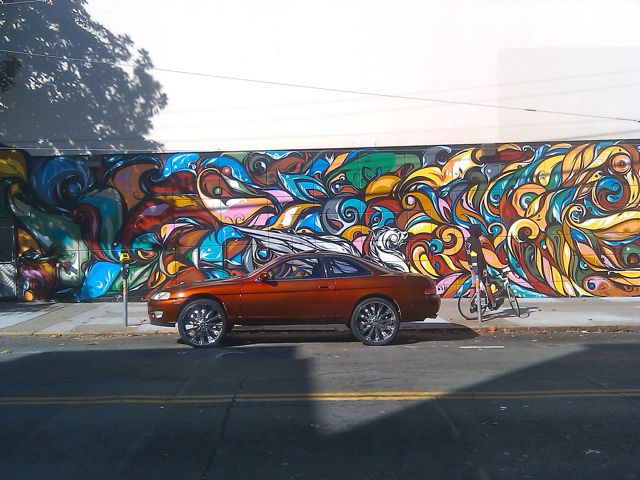
Car culture is big in San Francisco. So are rims. Bonus points for: 1) Mural 2) Hipster 3) Fixie.

Contrary to the name, Romanesco broccoli is actually a cauliflower. It’s notable because it’s mildly fractal-like. Note the anti-establishment spelling and pricing schemes.

Did someone mention Heathcliff? Oh wait, that was me.

How many doormats did this person go through before deciding to chain it down?

Don’t worry, ma’am. Birdcages make me want to take my clothes off, too.
